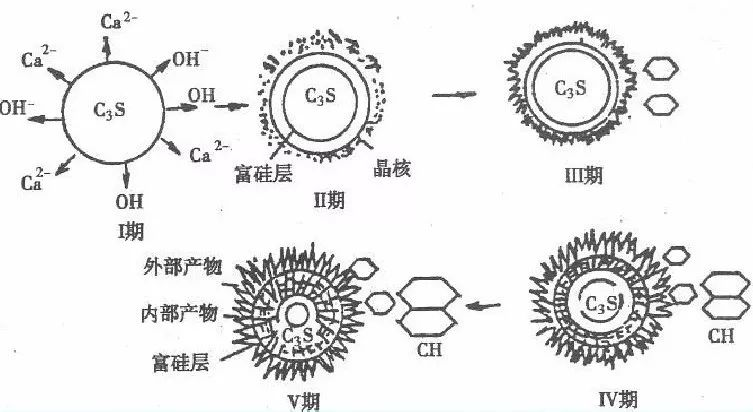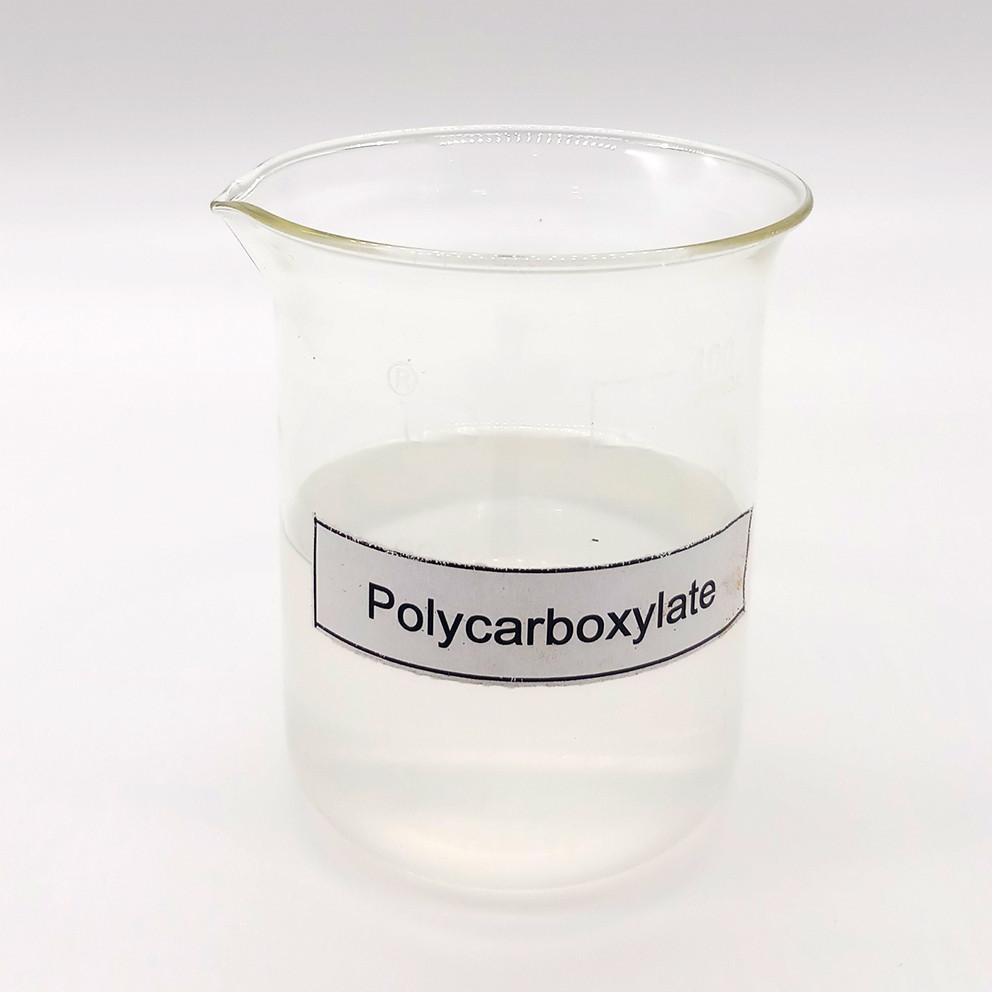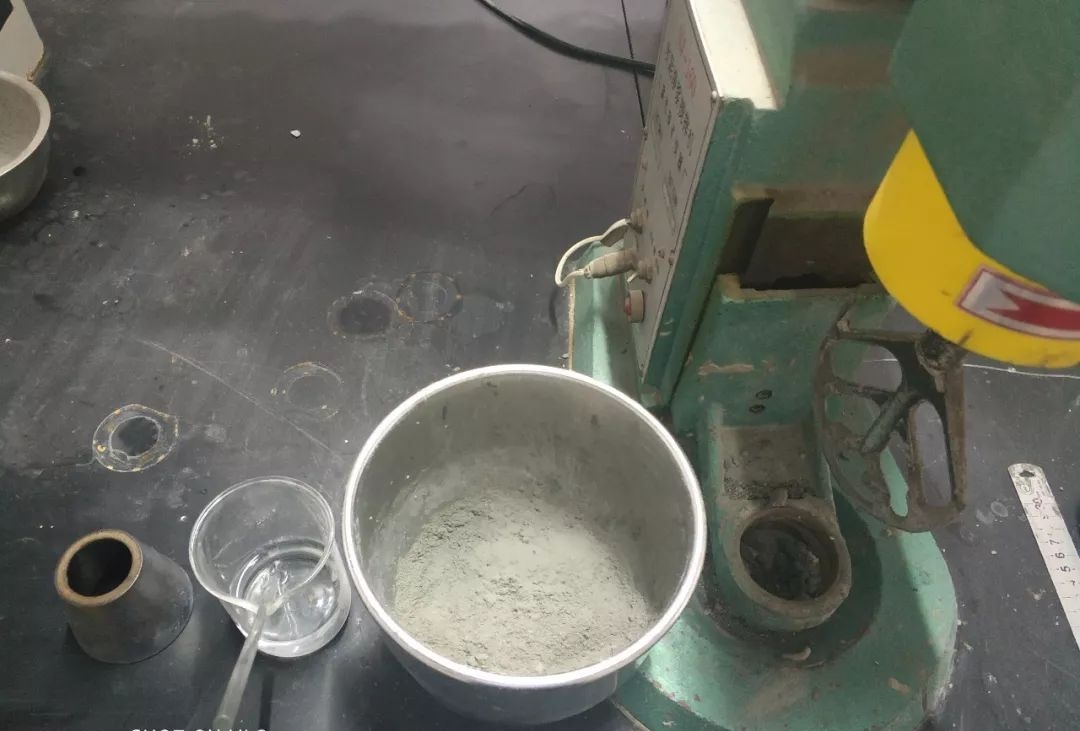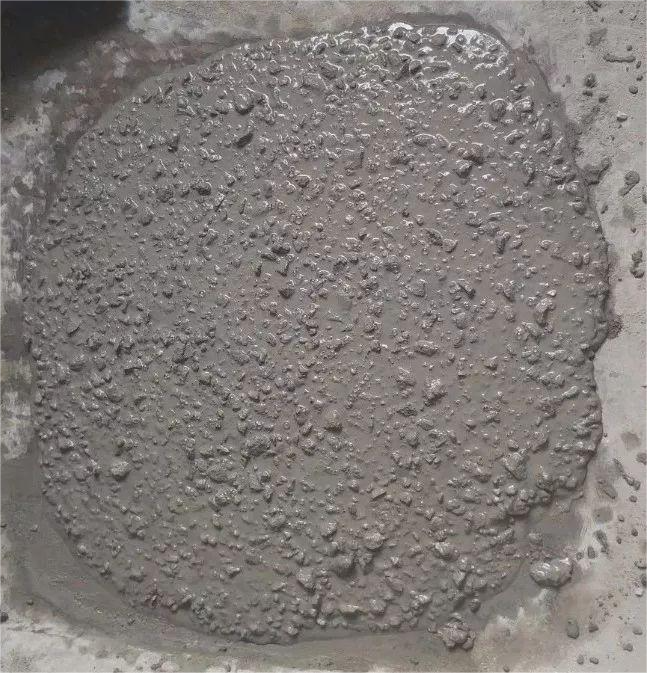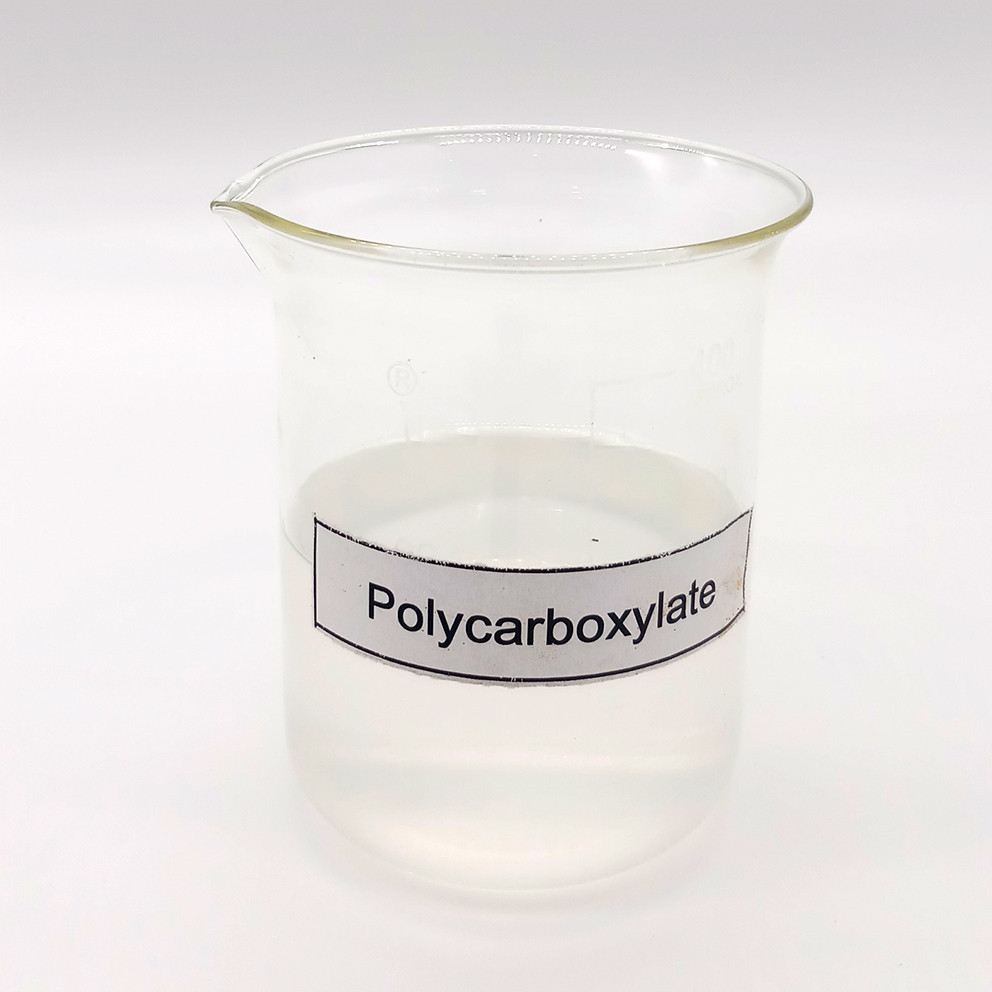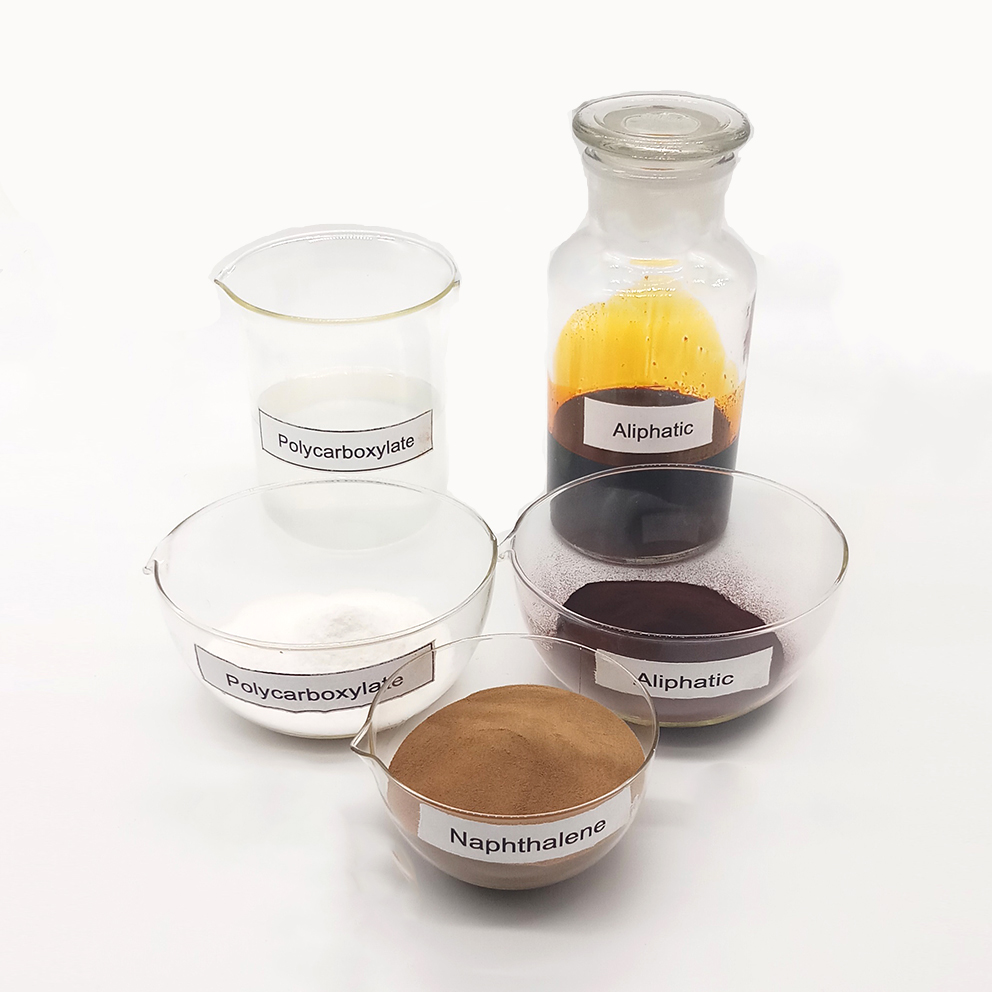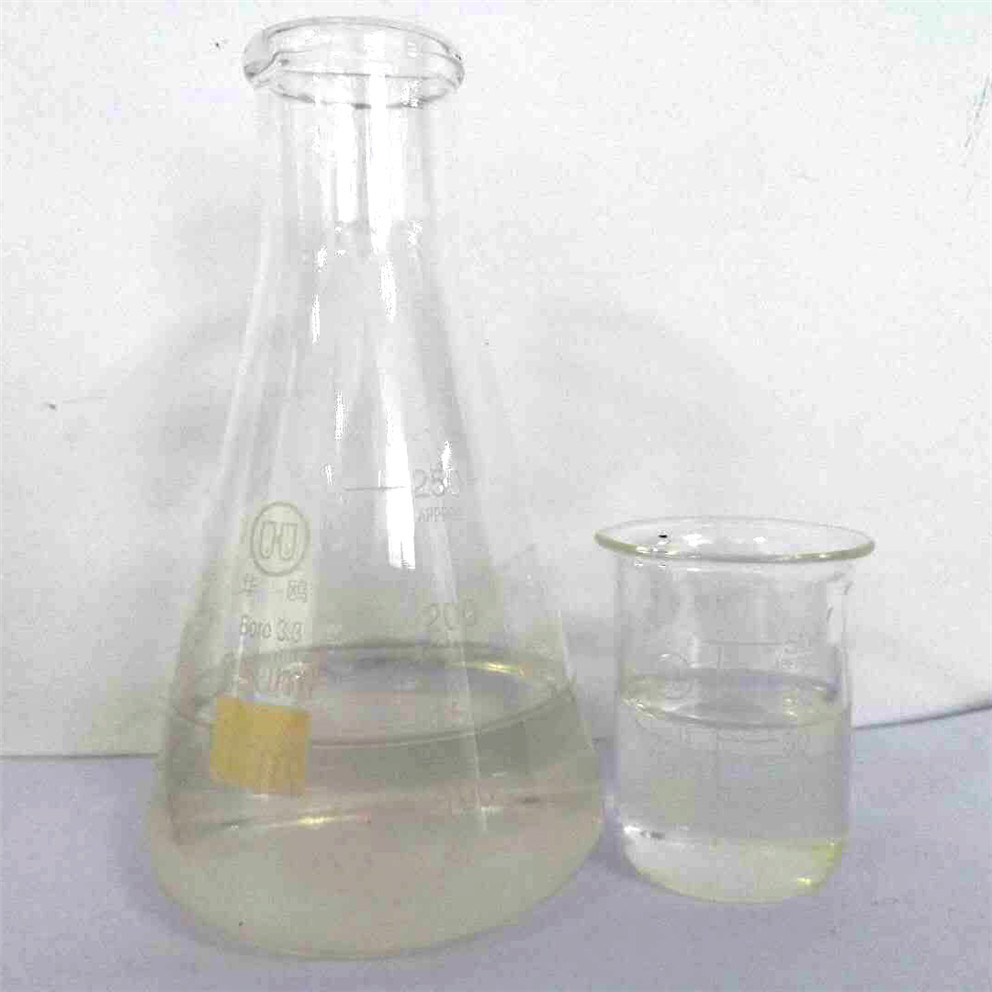
This article introduces the influence of acrylic acid dosage and feeding method on the mother liquor. Any product will gradually become homogeneous in market competition, and buyers will also have higher requirements for the product. The production process of water reducing mother liquor is similar nationwide, and even with different catalysts, mother liquor with a similarity of 90% or even 95% can be obtained. Among the two synthesis methods mentioned in this article, adding 8% A material solution at once is the mother liquor synthesized by the two processes. There is no difference in water reduction rate, but there is a significant difference in concrete compatibility. As the amount of pre added acrylic acid increases, the water reduction rate can be improved, but the negative effects are even greater. In addition, the author found in the experiment that another catalyst process is more suitable for the operation mode of pre adding A material. There is not much room for modification in the existing mother liquor synthesis process, but optimization can better adapt to local concrete materials.

